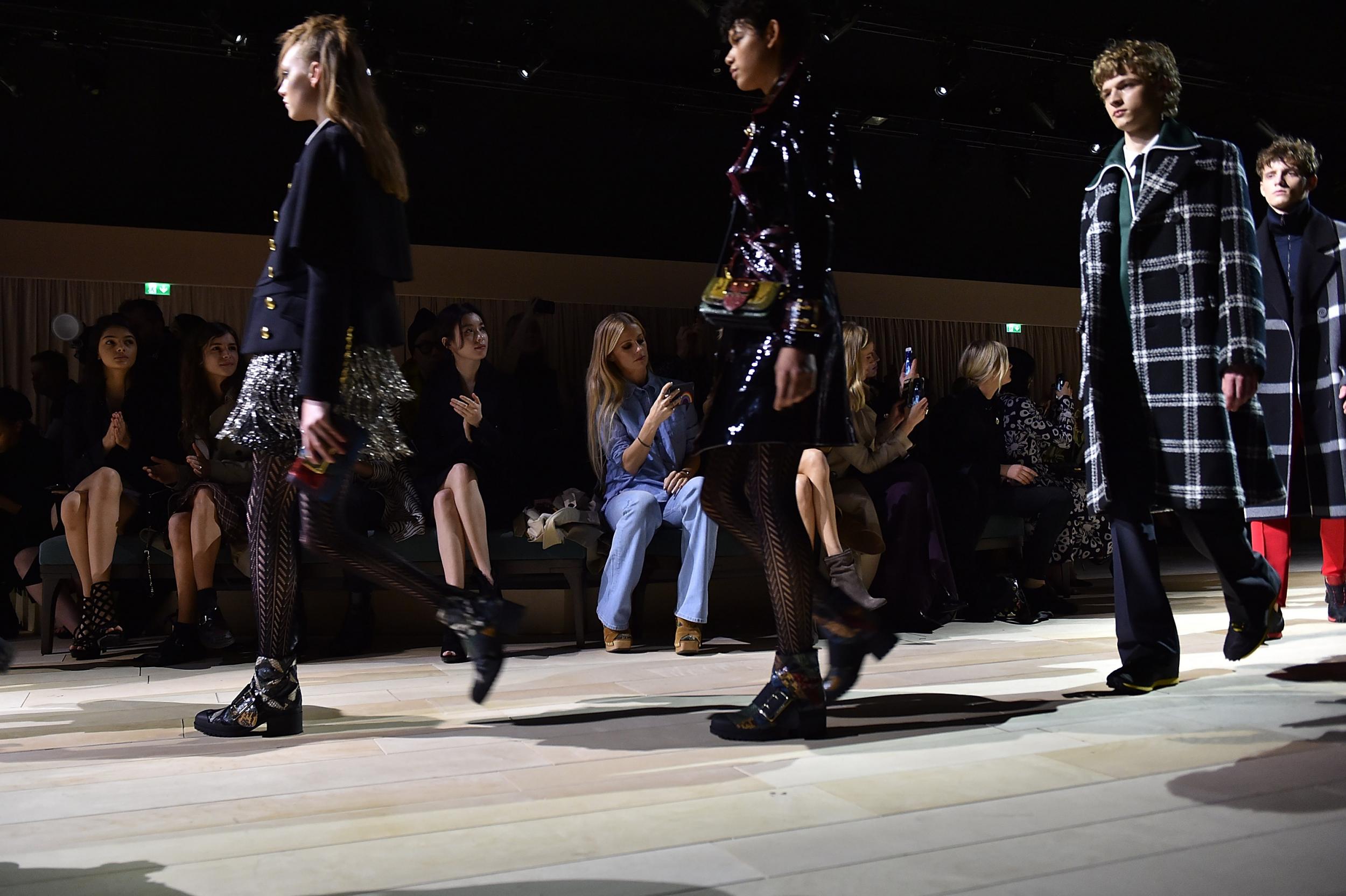Wear What Why When: A singular label and a seductive vision power fashion’s most profitable brands
The age of the multi-line fashion behemoth may be closing. These days, a succinct message and a single name seems to bring home the bacon, says Alexander Fury

The announcement last week that Calvin Klein Collection's creative directors would be stepping down could be the start of an industry sea-change. The clue is in the plural: Francisco Costa and Italo Zucchelli head the womens and mens lines respectively of the New York label. The departure of the designers was part of a "new global creative strategy for the company, which will unify all Calvin Klein brands under one creative vision." Quite.
That approach is resonating across fashion as a whole, moving away from a period were designers were decidedly compartmentalised. It chimes with something I wrote about a few weeks ago, exploring Burberry and Gucci's announcements that they will combine their menswear and womenswear collections in a single press presentation. That was about the blurring lines between menswear and womenswear, but this indicates something more fundamental: the seductive power of a single overarching creative vision at a fashion label.
It makes sense. If you don't present a single vision, how can people buy into the higher echelons via entry-level products? That is a notion being addressed, in varying way, across the board -- perhaps in reaction to the overwhelming success of the revamped Saint Laurent. Kering took a punt, surrendering control of not only one line to Slimane but the entire house's visual identity, from carrier bags to shop fits to advertising campaigns. And, of course, the clothes. In the first quarter of 2016, Saint Laurent's turnover rose 26.5 per cent - similar profits were posted throughout the tenure of Slimane, who left at the start of this month.
I suspect those profits were helped, in no small part, by how all-encompassing Slimane's vision was for Saint Laurent. You could buy shoes, or t-shirts, or a clutch of metal pins, and feel like you were buying into his aesthetic. There were no confusing difficuion lines to water down the vision, no other designer names jumbling the credits. It belonged to Slimane alone. Other houses are streamlining their product categories accordingly: D&G was ditched a few years ago; Marc Jacobs folded "Marc by Marc Jacobs" into his mainline last year, while Burberry has done away with varied lines dubbed Brit, London and Prorsum -- it's now just plain Burberry, and it's all designed by Christopher Bailey. These stores now sport items priced both accessibly and aspirationally, to borrow industry lingo. But they're all called the same thing.
Burberry, Jacobs and Saint Laurent would rankle at mingling mention of their name with labels like Tory Burch and Kate Spade, but the ethos is the same. Regardless of the amount you spend, whether you're buying a tote bag or a ball gown, you get one name and one idea. Calvin Klein boasts lines confusingly suffixed with "platinum" or "white label," as well as jeans and underwear ranges. And the catwalk-presented "Collection" lines, too. It all seems somewhat messy -- wouldn't it make more sense to have one figurehead, and one name on all the labels? Cheaper to print them all, too.
Subscribe to Independent Premium to bookmark this article
Want to bookmark your favourite articles and stories to read or reference later? Start your Independent Premium subscription today.

Join our commenting forum
Join thought-provoking conversations, follow other Independent readers and see their replies